Full text
PDF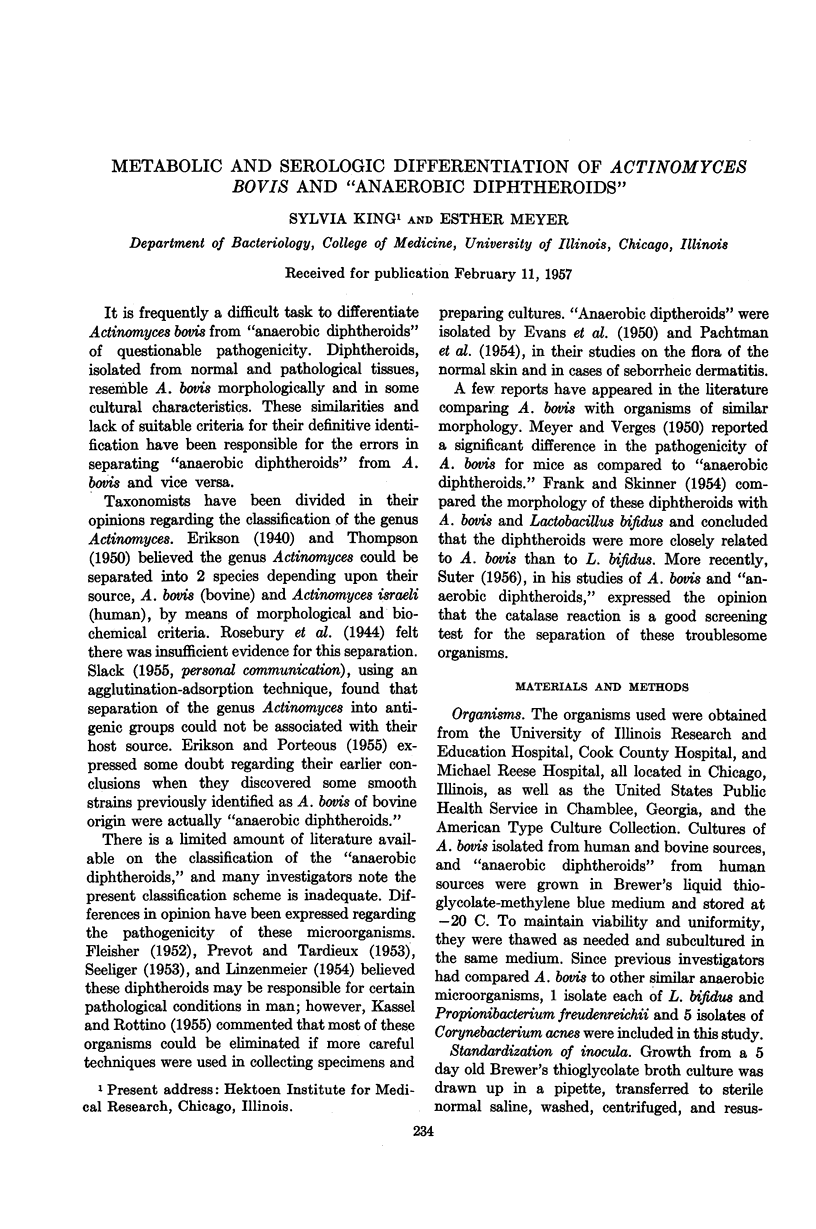
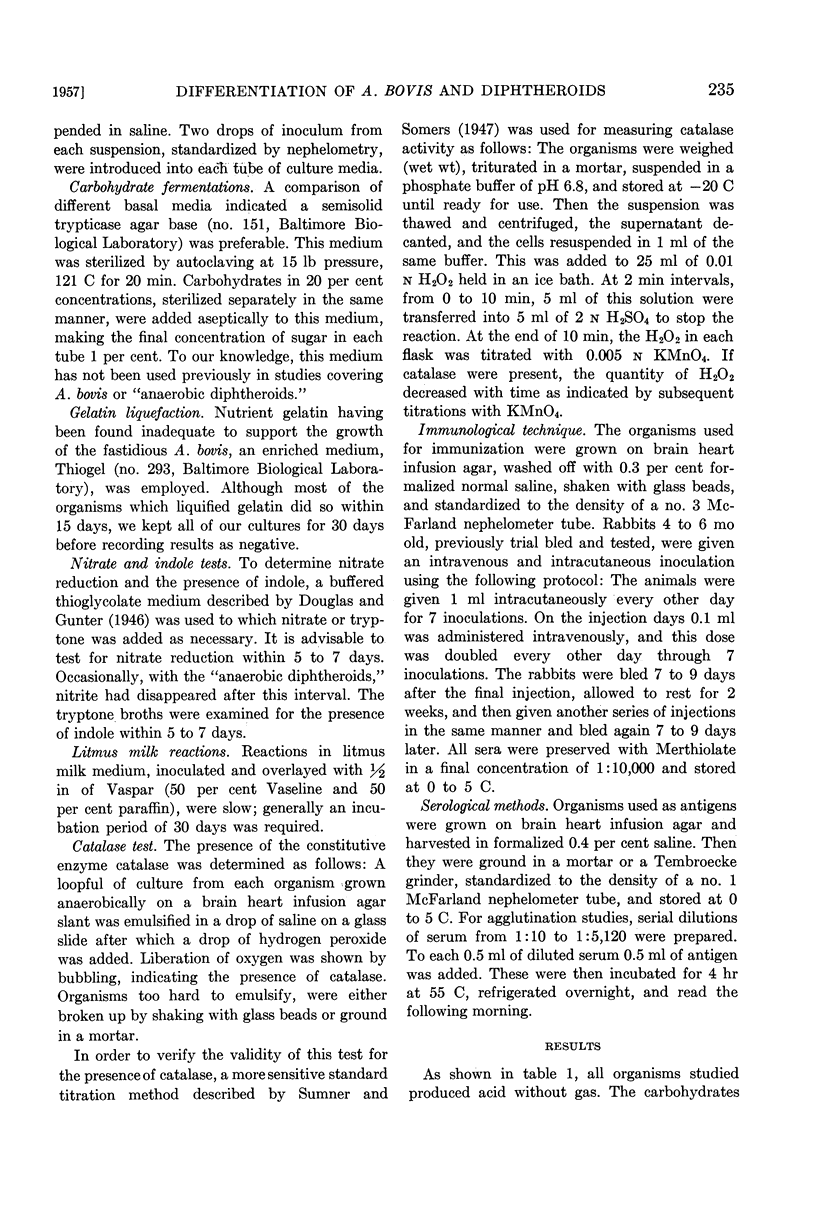
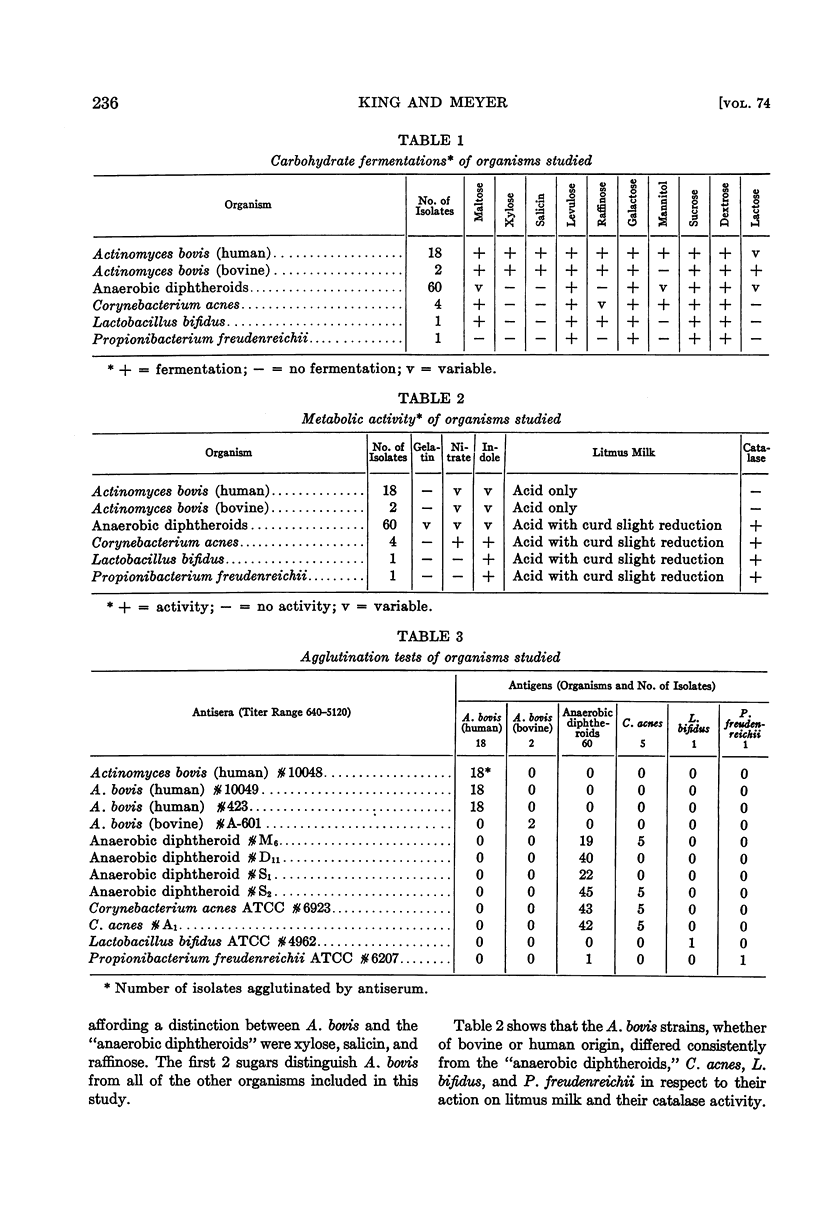
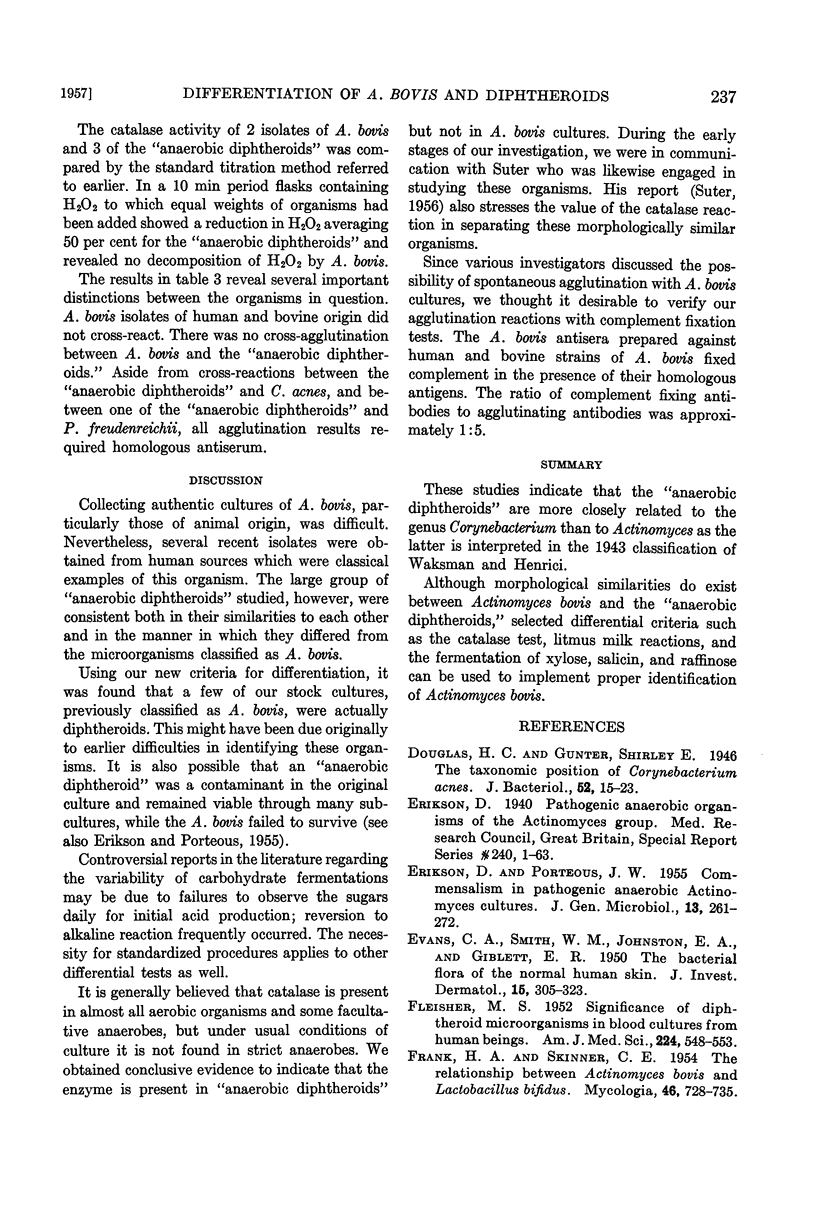
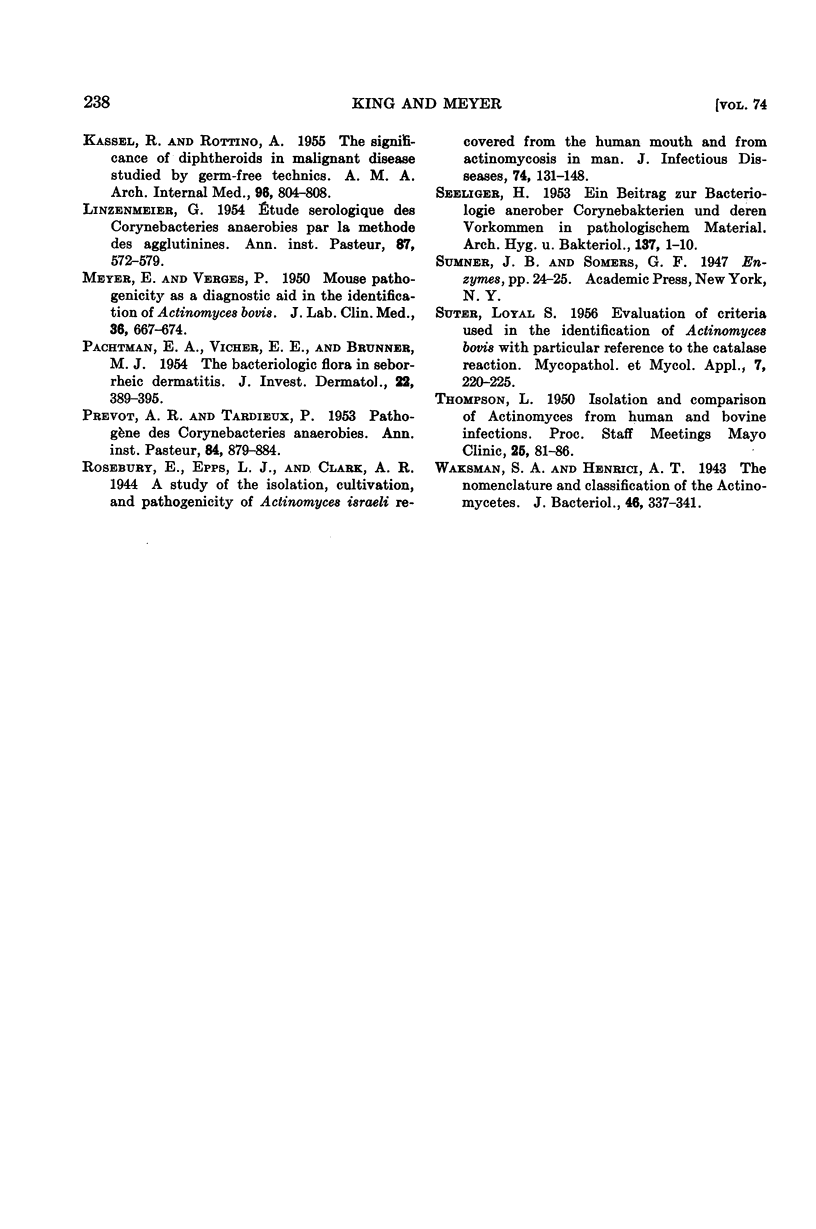
Selected References
These references are in PubMed. This may not be the complete list of references from this article.
- Douglas H. C., Gunter S. E. The Taxonomic Position of Corynebacterium acnes. J Bacteriol. 1946 Jul;52(1):15–23. [PMC free article] [PubMed] [Google Scholar]
- ERIKSON D., PORTEOUS J. W. Commen salism in pathogenic anaerobic Actinomyces cultures. J Gen Microbiol. 1955 Oct;13(2):261–272. doi: 10.1099/00221287-13-2-261. [DOI] [PubMed] [Google Scholar]
- EVANS C. A., SMITH W. M., JOHNSTON E. A., GIBLETT E. R. Bacterial flora of the normal human skin. J Invest Dermatol. 1950 Oct;15(4):305–324. doi: 10.1038/jid.1950.105. [DOI] [PubMed] [Google Scholar]
- FLEISHER M. S. Significance of diphtheroid microorganisms in blood cultures from human beings. Am J Med Sci. 1952 Nov;224(5):548–553. doi: 10.1097/00000441-195211000-00010. [DOI] [PubMed] [Google Scholar]
- KASSEL R., ROTTINO A. Significance of diphtheroids in malignant disease studied by germ-free techniques; reevaluation in Hodgkin's disease, lymphoma, and mouse carcinoma. AMA Arch Intern Med. 1955 Dec;96(6):804–808. doi: 10.1001/archinte.1955.00250170110017. [DOI] [PubMed] [Google Scholar]
- LINZENMEIER G. Etude sérologique des corynébactéries anaérobies par la methode des agglutinines. Ann Inst Pasteur (Paris) 1954 Nov;87(5):572–579. [PubMed] [Google Scholar]
- MEYER E., VERGES P. Mouse pathogenicity as a diagnostic aid in the identification of actinomyces bovis. J Lab Clin Med. 1950 Oct;36(4):667–674. [PubMed] [Google Scholar]
- PACHTMAN E. A., VICHER E. E., BRUNNER M. J. The bacteriologic flora in seborrheic dermatitis. J Invest Dermatol. 1954 May;22(5):389–396. doi: 10.1038/jid.1954.55. [DOI] [PubMed] [Google Scholar]
- PREVOT A. R., TARDIEUX P. Recherches sur le pouvoir pathogène des espèces anaérobies strictes du genre Corynebacterium. Ann Inst Pasteur (Paris) 1953 May;84(5):879–889. [PubMed] [Google Scholar]
- SEELIGER H. Ein Beitrag zur Bakteriologie anaerober Corynebakterien und deren Vorkommen in pathologischem Material. Arch Hyg Bakteriol. 1953;137(1):1–10. [PubMed] [Google Scholar]
- SUTER L. S. Evaluation of criteria used in the identification of actinomyces bovis with particular reference to the catalase reaction. Mycopathol Mycol Appl. 1956 Dec 1;7(3-4):220–228. doi: 10.1007/BF02249072. [DOI] [PubMed] [Google Scholar]
- THOMPSON L. Isolation and comparison of Actinomyces from human and bovine infections. Proc Staff Meet Mayo Clin. 1950 Feb 15;25(4):81–86. [PubMed] [Google Scholar]
- Waksman S. A., Henrici A. T. The Nomenclature and Classification of the Actinomycetes. J Bacteriol. 1943 Oct;46(4):337–341. doi: 10.1128/jb.46.4.337-341.1943. [DOI] [PMC free article] [PubMed] [Google Scholar]


